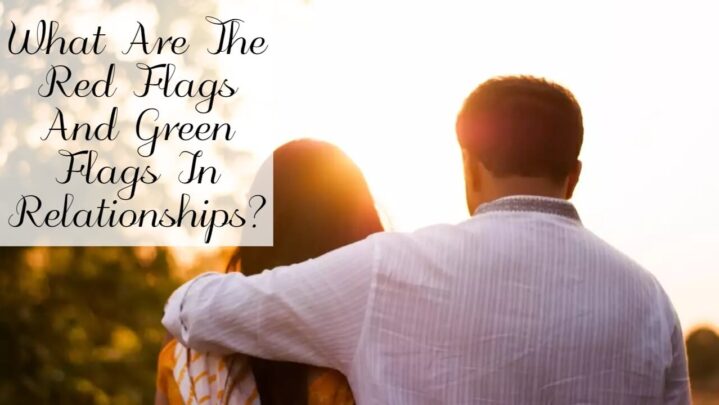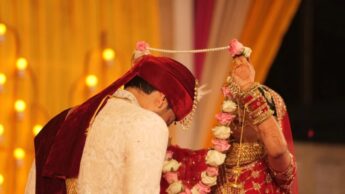Our emotional and physical health depends heavily on our social connections. We have an innate want to interact with others and look for those who will make us feel loved, valued, and understood.
A green flag is more than just having a good time with someone or getting a compliment. These indicators help us determine whether we will get along well in the long run with a friend, coworker, or potential new love interest.
So, what are the real red signals in a relationship, and how can you know what to look for? Here is your manual.
Green flags are generally thought to be healthy, whereas red flags are generally thought to be unhealthy or “toxic.” The warning signs that appear in someone’s behavior can be used to determine whether a relationship is romantic or any other kind.
Toxic characteristics including violence, strict, and manipulative behavior are the most common types of red flags. Contrarily, green signals indicate positive behavior and chances for more meaningful connections.
Red flag actions frequently include:
Jealousy tied to your accomplishments
Lying or manipulating the truth (manipulation).
Use of guilt when you want to spend time with friends; possessiveness or control over your time or attention.
Lack of consideration for your needs or wants and selfishness.
Rejecting you, pleading with you for forgiveness, saying things like “it won’t happen again,” only for the conduct to keep happening.
Always bringing you down.
Those in healthy relationships, on the other hand, exhibit a lot of green-flag actions.
Green flag actions frequently include:
Assuming accountability for one’s actions.
Providing protection, both physically and psychologically. Fostering a sense of safety in being your true self while respecting your boundaries.
Honesty Balance between spending time together and apart in the partnership. Commitment on both sides, as well as mutual expressions of gratitude and respect.





